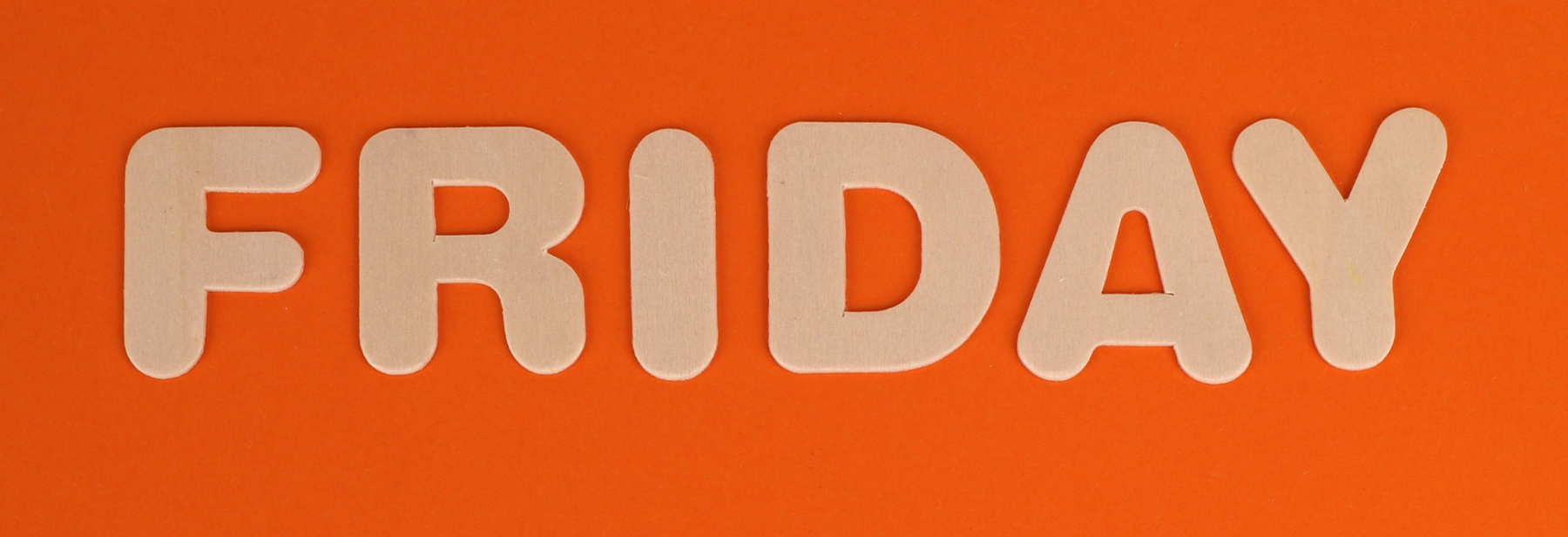
ServiceFriday: All About Preference: Non-Beneficiary Reactions to Discretionary Preferential Treatment
The green-eyed monster that the character Iago described in Shakespeare’s iconic tragedy is really a metaphor for the building jealousy of Iago’s “friend” Othello. That green-eyed monster has a close cousin (the blue-toed beast?) known as envy. A common way envy enters one’s life is by observing preferential treatment given to others, specifically like the discretionary preferential treatment (DPT) often found in the hospitality industry. Some service firms even encourage employees offering DPTs such as the Ritz-Carlton which permits its staff to use up to $2,000 on benefits like free treats or room upgrades for selected guests. But not everyone can get these perks otherwise it wouldn’t be “preferential” so how do non-beneficiary customers react to witnessing DPTs?
An article recently published in the Journal of Service Research contains three studies that investigate these non-beneficiary reactions and the researchers focused on studying DTPs impact on customer envy. The two types of envy they focused on were malicious envy and benign envy. Malicious envy is a defensive response where the non-beneficiary customer casts ill feelings toward the benefactor of the DTP while benign envy is a more constructive response that motivates the non-beneficiary customer to make more of an effort to improve their position. Researchers also examined if the strength of the relationship between the non-beneficiary customer and the firm was a moderating effect as well as the perceived continuity of DPT.
The first experimental study described a scenario that saw participants overhearing a conversation between another customer and a frontline employee. To celebrate the hotel’s 10th anniversary, the employee either said the hotel was offering a 50% discount on the first night stay to customers chosen at the discretion of the employee (DPT condition) the participant was not one of the selected customers) or the hotel was offering that same discount to all customers (non-DPT condition). The strength of the non-beneficiary and firm relationship was also manipulated to be either weak or strong. The results revealed that when the relationship between the non-beneficiary and the firm was strong, both malicious and benign envy were elicited more often from the participants.
The goal of the final study was to inspect if the perceived continuity of DPT was a boundary condition for the moderating effect of non-beneficiary-firm relationship strength. Researchers conducted a field experiment in a South Korean café. An employee would conduct a staged conversation with a fake customer that the participants would overhear. Either a free trial of a new cake was being offered to some customers (DPT condition) or a 50% discount trial of the new cake was available to all customer (non-DPT condition). The findings showed that when the perceived continuity of DPTs is high and low there is a significant main effect of DPTs and non-beneficiary-firm relationship strength on both malicious and benign envy.
Managerial implications
The researchers went into greater detail but here’s what they suggest:
- Offer DPTs as a customer relationship management (CRM) tool
- Enhance perceived control and reduce undeservedness
- Design DPTs to promote hope
- Garner the “needed support” for successful implementation
To read the full article, go to the Journal of Service Research at this link. (A fee may apply.)